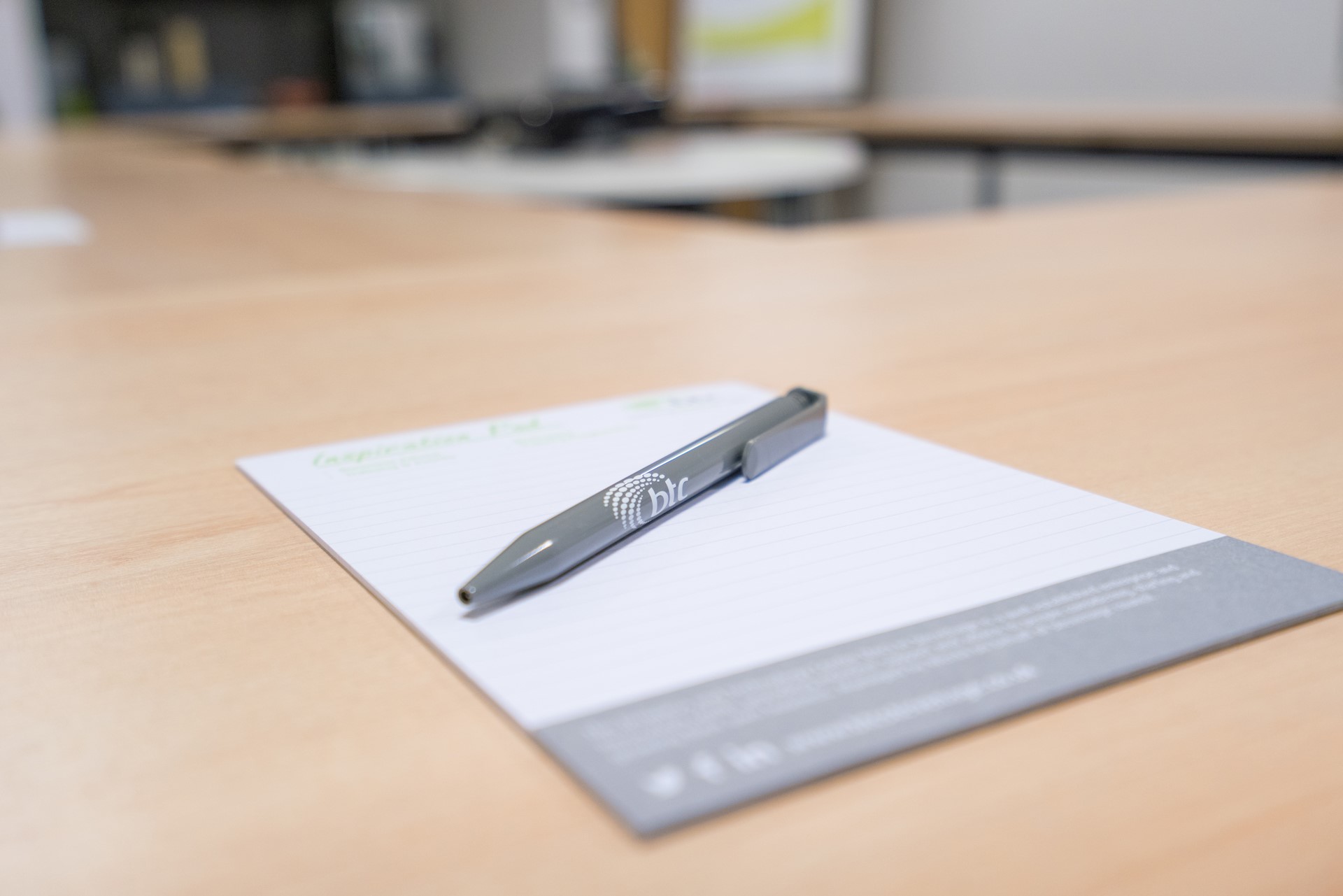How do I go about that difficult conversation?
Having that difficult conversation

There is no easy way to have “that” difficult conversation with an employee. That’s why so many managers who are accomplished in other areas sometimes don’t handle the meeting as well as they should.
I should know. During my career, I have had to have many such meetings with colleagues. One thing differentiates the meetings that went well (relatively speaking) from those that didn’t. And that’s PREPARATION.
Below I have detailed the five essential steps to take in advance of, during and after the meeting to ensure that it is conducted in an appropriate and professional manner and achieves the desired outcome.
STEP 1 Prepare thoroughly. Check the facts and then check them again

Thorough preparation is essential. Give yourself sufficient time to prepare for the meeting, this is one meeting that you cannot get wrong. Go over all the facts and be prepared to challenge them. Don't assume that they are correct; be certain.
To do this you should put yourself in the shoes of the employee.
When I have had to conduct such meetings, as part of my preparation I have always found it useful to imagine I was sitting on the other side of the table. What questions would I ask, what facts would I challenge, how would I react to statements that were made and the way they were made?
STEP 2 Plan the meeting but don't read from a script

All meetings should have a structure, this one more than any other, to ensure that you do not lose focus. Lack of preparation and planning should never be an excuse for managing the meeting badly.
I have always found it advantageous to prepare a comprehensive checklist highlighting all of the key points that I must ensure that I cover. My checklist also addresses how I want the meeting to run and would include the following.
• What am I going to say in the introduction?
• What is the best way to explain the structure of the meeting?
• How am I going to present the facts, verbally or with supporting documentation?
• At what point am I going to invite comment and reply?
• How much dialogue and discussion am I going to encourage and allow?
• How am I going to record what is being said?
• Despite my preparation how will I manage the unexpected – there is no guarantee it's going to go as I have planned?
• What key points do I want to make; what phrases should I use?
Whilst it’s good practice to make a checklist to refer to, you should not read from a script. It's disrespectful to the person sitting opposite you and prevents you engaging in the right way; with measured authority and empathy.
STEP 3 Do not forget that you are managing the meeting
Be clear, concise focussed (and assertive) in the way you manage the meeting.
Don’t adopt a timid, apologetic, subservient approach.
Striking the right balance between the two contrasting styles is important.
It's often the case that when we don't want to have a conversation we tend not to make a good job of having it. Because we don't want to have it we rush it and make a "bit of a mess of it". This is why preparation is so important.
You should remember that it is you who have called the meeting and are therefore responsible for managing it effectively. From my experience, even in the most difficult situations employees expect their managers to conduct themselves in a way that represents their authority. They expect you to be in charge; so be in charge.
STEP 4 Time manage the meeting for it to be properly conducted
Allow sufficient time for the meeting, don't rush it, but equally don't allow it to become unnecessarily long
If you anticipate that the meeting will take 20 minutes, allow 30 but don't be surprised if it is over in 15. Encourage the employee to engage with you, challenge you and ask questions. Although you “might not want to hear it”, like other meetings this meeting should be a dialogue not a monologue. Summarise throughout and without being patronising, check that the employee understands what is being said. It’s not uncommon in stressful meetings for the employee to fail to fully comprehend what is being said to them. The important thing is to be satisfied that all the points that you needed to be covered, have been covered, and understood.
STEP 5 Confirm in writing to the employee, think about post meeting actions

Although not part of the conversation, it's important that matters are communicated in writing post meeting. The letter should summarise the matters discuss, the decision reached, the reason for reaching that decision, required future action/s and details of the appeal process if applicable.
Finally, whilst being mindful of confidentiality, you should think about what you are going to say to others. Don't underestimate the importance of managing this communication properly. Don't allow the grapevine to do your job for you.
So, in summary, the key is preparation. The old adage “fail to prepare and therefore prepare to fail” is as true here as it is in other situation. And by its nature this is one meeting you cannot, should not and must not manage badly.
Got a business question?
We're here to help. Get in touch.
Book your free appointment below:
